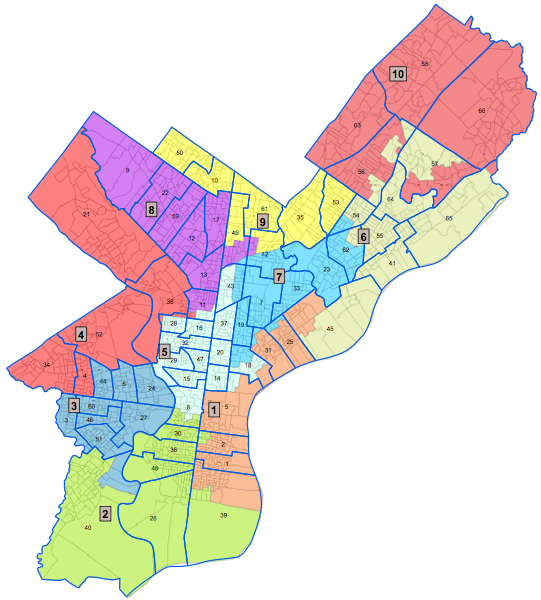
How to make sense of Philadelphia’s City Council district map?
Even with the best of intentions, districting problems can be difficult to solve because they are so complex, says Kimbrough, who specializes in computational intelligence. The key to finding the best solution, he suggests, is to start with not one but many good solutions, and let decision makers tweak plans from there.
The team created a genetic algorithms that mimics evolution and natural selection of the various districts and proposes endless solutions/variations from just a few good beginnings.
The team selected then 116 of these variations which were very good. There is now material for human decision-makers to take out a decision out of these various decisions took by an algorithm.
This is an interesting example where humans and algorithms are working together to solve a problem.
“In the end, there are a lot of human judgments that go on here,” notes Murphy. “What reallyis that neighborhood? Can you split the wards?…. Generating one solution is not a good idea because there are all these side issues that you can’t represent mathematically. This always happens, whether in political districting or in commercial applications.”
Ref: A New Approach to Decision Making: When 116 Solutions Are Better Than One – Knowledge Wharton